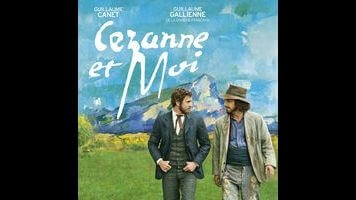Even by biopic standards, Cézanne Et Moi goes way too heavy on the bio

Intensive research has killed many a biopic, but Cézanne Et Moi, which recounts the tempestuous lifelong friendship between Paul Cézanne and Émile Zola, labors even more tediously than most to accommodate personal details, whether or not those details serve the narrative. Cézanne and Zola met in childhood—a moment that writer-director Danièle Thompson (Avenue Montaigne) makes cheesy by depicting them shaking hands and exchanging names in the immediate aftermath of a schoolyard brawl—and they spent their youth in the company of another fast friend, Baptistin Baille. The trio were known as “the inseparables,” and we know this, in the movie, because someone passes them on the street and shouts, essentially, “Yo, the inseparables!” (Though that’s not half as clumsy, exposition-wise, as Zola asking “Is Paul here?” at Cézanne’s house and being asked “Paul Cézanne?”) Trouble is, Baille didn’t go on to accomplish anything particularly notable, and he mostly disappears from the movie after a speedy early montage. His presence serves only to forestall objections from people who know enough about Cézanne and Zola to ask “Hey, where’s Baille?” Those people should be ignored, in the interest of dramaturgy. Here, they’re the target audience.

 Keep scrolling for more great stories from A.V. Club.
Keep scrolling for more great stories from A.V. Club.